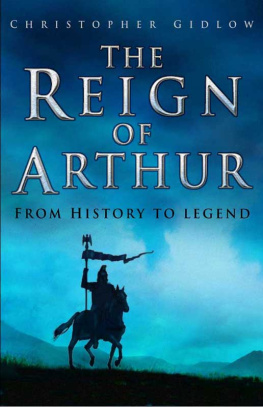Arthur L. (Arthur Leslie) Salmon - Dartmoor
Here you can read online Arthur L. (Arthur Leslie) Salmon - Dartmoor full text of the book (entire story) in english for free. Download pdf and epub, get meaning, cover and reviews about this ebook. year: 2021, publisher: Alpha Editions, genre: Detective and thriller. Description of the work, (preface) as well as reviews are available. Best literature library LitArk.com created for fans of good reading and offers a wide selection of genres:
Romance novel
Science fiction
Adventure
Detective
Science
History
Home and family
Prose
Art
Politics
Computer
Non-fiction
Religion
Business
Children
Humor
Choose a favorite category and find really read worthwhile books. Enjoy immersion in the world of imagination, feel the emotions of the characters or learn something new for yourself, make an fascinating discovery.

- Book:Dartmoor
- Author:
- Publisher:Alpha Editions
- Genre:
- Year:2021
- Rating:3 / 5
- Favourites:Add to favourites
- Your mark:
- 60
- 1
- 2
- 3
- 4
- 5
Dartmoor: summary, description and annotation
We offer to read an annotation, description, summary or preface (depends on what the author of the book "Dartmoor" wrote himself). If you haven't found the necessary information about the book — write in the comments, we will try to find it.
Dartmoor — read online for free the complete book (whole text) full work
Below is the text of the book, divided by pages. System saving the place of the last page read, allows you to conveniently read the book "Dartmoor" online for free, without having to search again every time where you left off. Put a bookmark, and you can go to the page where you finished reading at any time.
Font size:
Interval:
Bookmark:

(Page 24)
LONDON GLASGOW AND BOMBAY
| Bath and Wells | The Isle of Wight |
| Bournemouth and Christchurch | The New Forest |
| Cambridge | Norwich and the Broads |
| Canterbury | Oxford |
| Chester and the Dee | The Peak District |
| The Cornish Riviera | Ripon and Harrogate |
| Dartmoor | Scarborough |
| Dickens-Land | Shakespeare-Land |
| The Dukeries | Swanage and Neighbourhood |
| The English Lakes | The Thames |
| Exeter | Warwick and Leamington |
| Folkestone and Dover | The Heart of Wessex |
| Hampton Court | Winchester |
| Hastings and Neighbourhood | Windsor Castle |
| Hereford and the Wye | York |
| Edinburgh | Loch Lomond, Loch Katrine, and the Trossachs |
| The Shores of Fife | The Scott Country |
| Connaught | Munster |
| Leinster | Ulster |
| Chamonix | Lucerne |
| Lausanne and its Environs | Villars and Champery |
| Facing Page |
| Lydford Gorge |
| Wistman's Wood |
| Two Bridges |
| Ockery Bridge, near Princetown |
| Clapper Bridge, Postbridge |
| Brent Tor |
| Tavy Cleave |
| Widecombe on the Moor |
| Dartmeet |
| A Moorland Track, the Devil's Bridge |
| Stone Avenue, near Merrivale |
| A Dartmoor Stream |
(Page 13)
Font size:
Interval:
Bookmark:
Similar books «Dartmoor»
Look at similar books to Dartmoor. We have selected literature similar in name and meaning in the hope of providing readers with more options to find new, interesting, not yet read works.
Discussion, reviews of the book Dartmoor and just readers' own opinions. Leave your comments, write what you think about the work, its meaning or the main characters. Specify what exactly you liked and what you didn't like, and why you think so.








